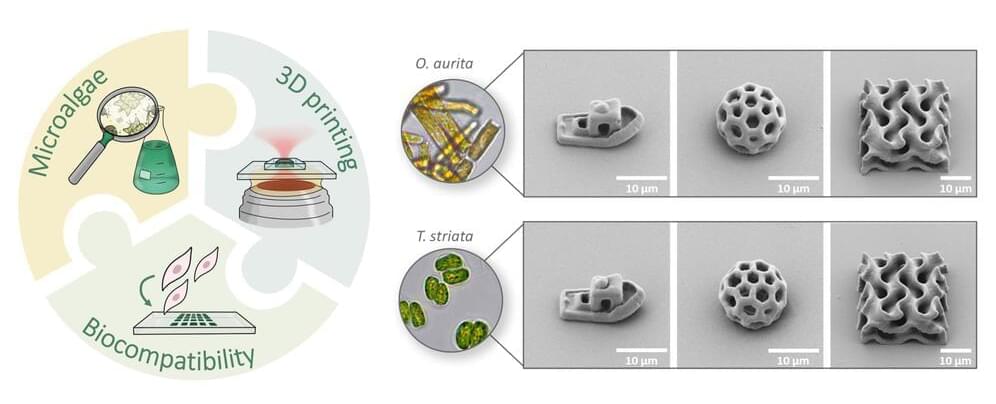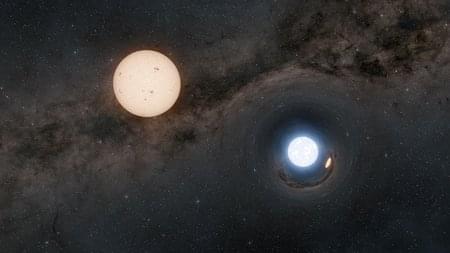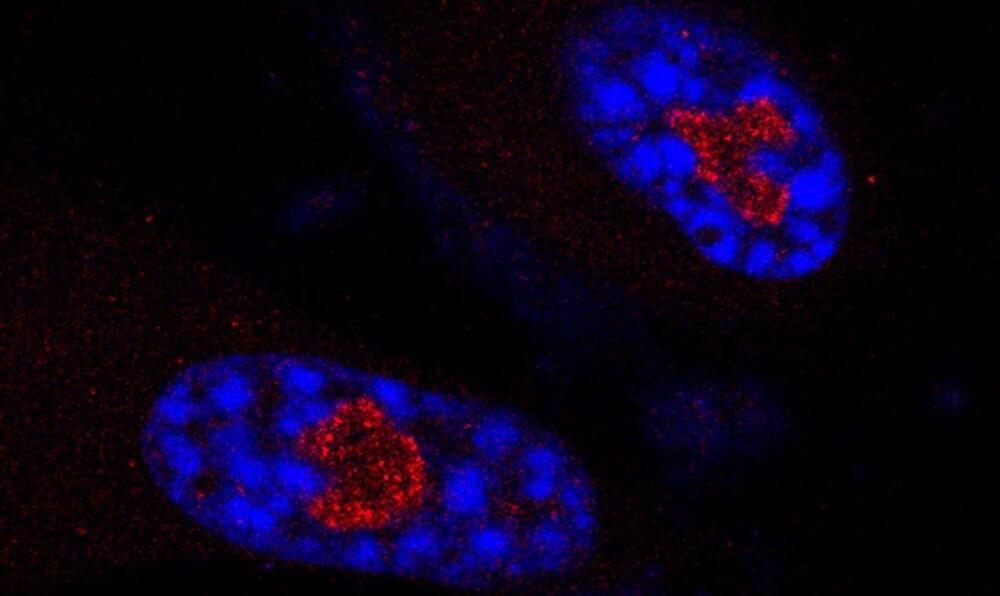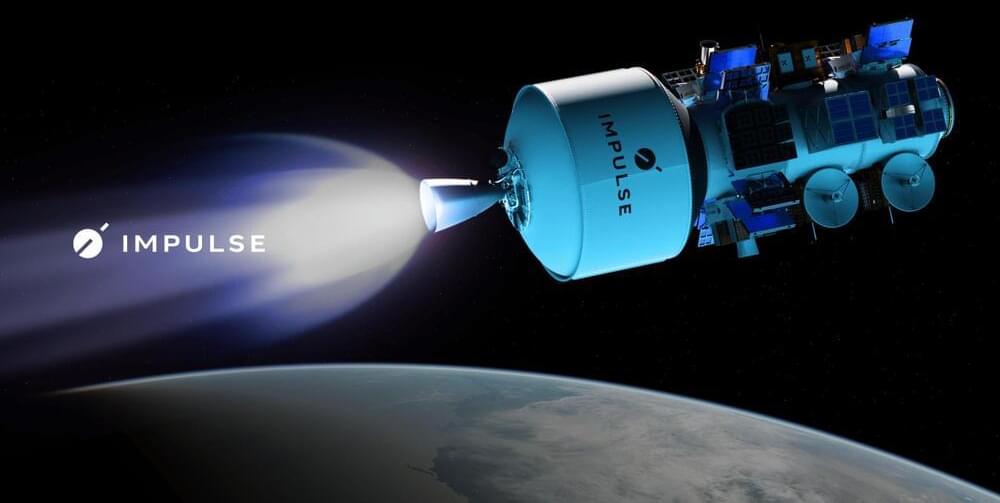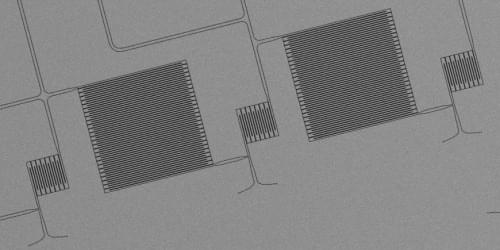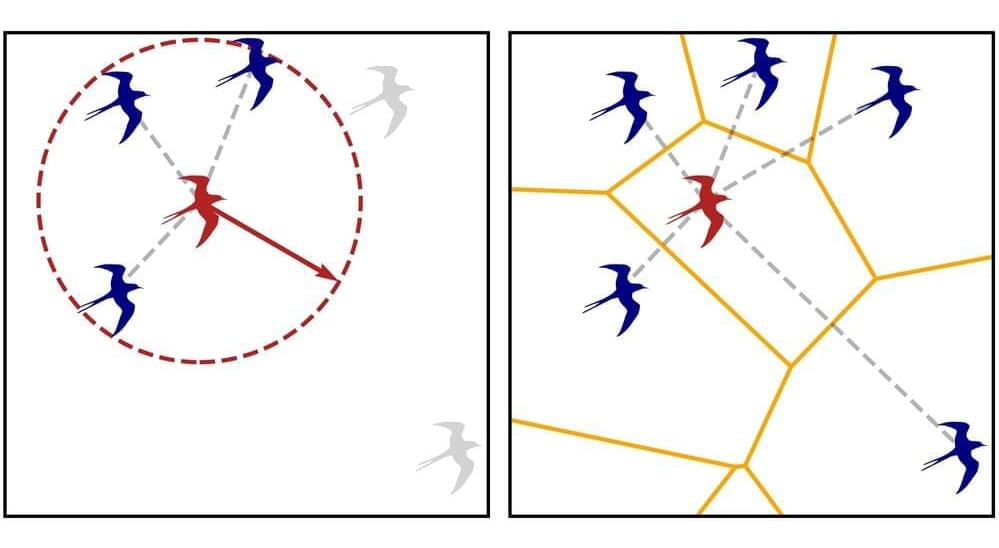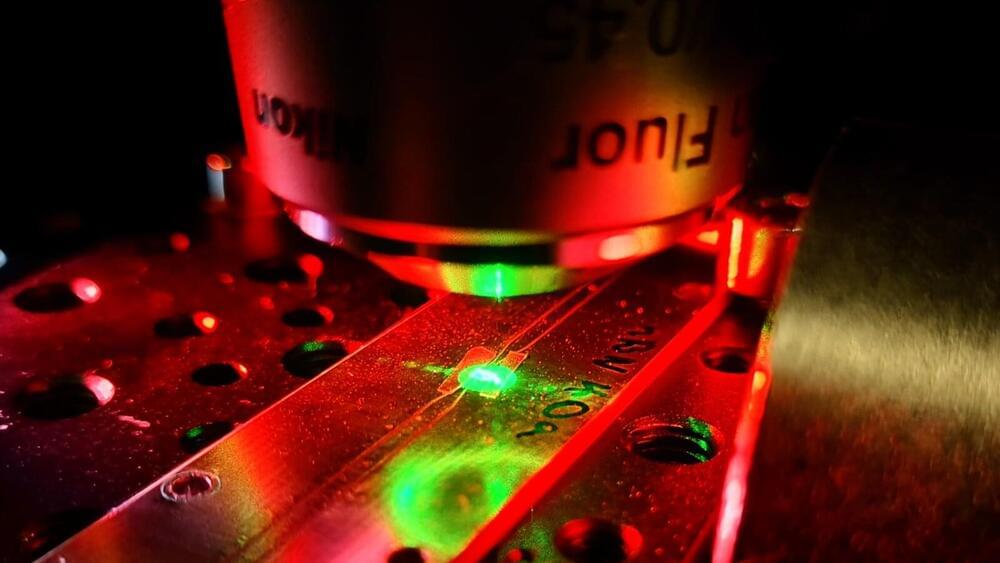Aug 9, 2024
3D laser printing with bioinks from microalgae
Posted by Dan Breeden in categories: 3D printing, engineering, sustainability
Microalgae such as the diatom Odontella aurita and the green alga Tetraselmis striata are especially suitable as “biofactories” for the production of sustainable materials for 3D laser printing due to their high content in lipids and photoactive pigments. An international research team led by Prof. Dr Eva Blasco, a scientist at the Institute for Molecular Systems Engineering and Advanced Materials (IMSEAM) of Heidelberg University, has succeeded for the first time in manufacturing inks for printing complex biocompatible 3D microstructures from the raw materials extracted from the microalgae. The microalgae-based materials could be used in future as the basis for implants or scaffolds for 3D cell cultures.
The research has been published in Advanced Materials (“Printing Green: Microalgae-Based Materials for 3D Printing with Light”).
A new ink system, based on the microalgae Odontella aurita and Tetraselmis striata, enables the manufacturing of complex 3D microstructures with high quality and precision. (Image: Clara Vazquez-Martel)
